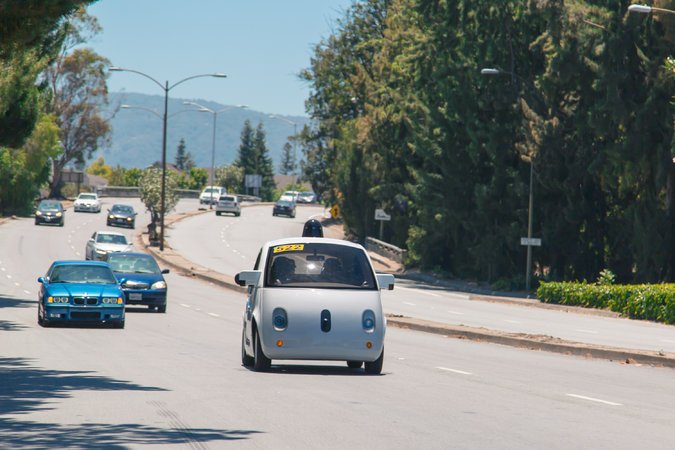US Regulators: Google's Self-Driving Car AI 'Can Be a Driver'

Google submitted a proposed design for a self-driving car back in November, which has "no need for a human driver" The response from the National Highway Traffic Safety Administration (NHTSA) was that will "interpret driver' in the context of Google's described motor vehicle design as referring to the [self-driving system] and not to any of the vehicle occupants."
The regulator said: "We agree with Google its [self-driving car] will not have a 'driver' in the traditional sense that vehicles have had drivers during the last more than one hundred years." Google, and many car companies are looking to free up safety rules that are slowing down testing and the eventual roll-out of autonomous vehicles. As Reuters notes, California has draft rules of a steering wheel and licensed driver in all self-driving cars.
It's not all easy driving from here, however. There are still rules that require braking systems activated by foot control inside the vehicle, as well as "whether and how Google could certify that the [system[ meets a standard developed and designed to apply to a vehicle with a human driver."
"We agree with Google its [self-driving car] will not have a 'driver' in the traditional sense that vehicles have had drivers during the last more than one hundred years."
Google told the NHTSA that human controls could paradoxically be a danger, if passengers attempt to override the car's own judgements and driving decisions. Rules about steering wheels and brake pedals would have to be formally rewritten before cars without them would be allowed on the roads, and changing the law will take months, if not years. Last month, the government agency said it may waive some vehicle safety rules to better enable self-driving cars on the roads, promising to write guidelines for these vehicles in the next six months.
Related News
